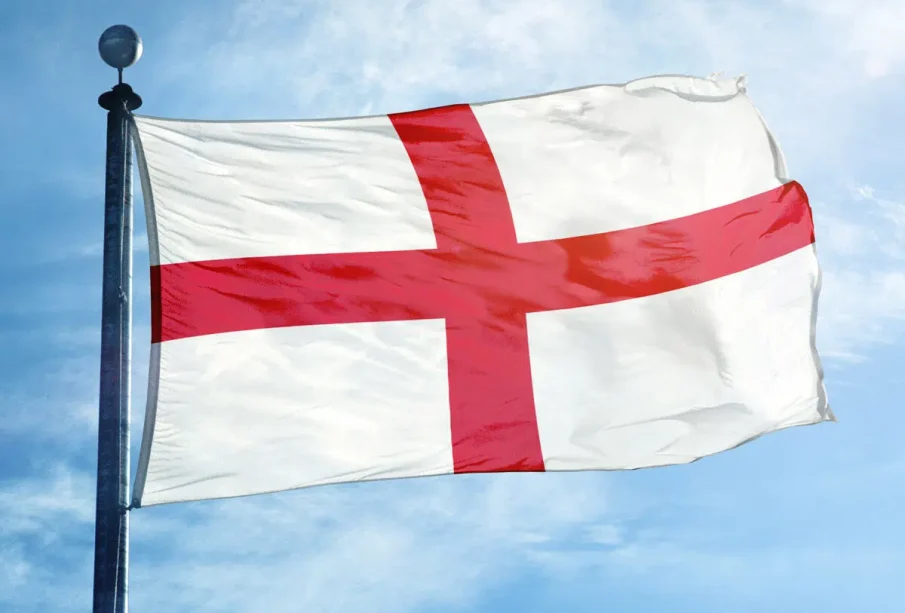The Significance and Celebrations of St George’s Day

Introduction
St George’s Day, celebrated on 23 April, is a significant day in England, honouring the patron saint of England, St George. The day represents national pride and cultural heritage, making it an important occasion for English people both in the UK and abroad. Given the ongoing discussions of national identity, St George’s Day serves as an opportunity for communities to reflect on their traditions and values.
Historical Background
The legend of St George dates back to the 3rd century when he, a Roman soldier, is said to have slayed a dragon to save a princess, symbolising the victory of good over evil. Over the centuries, St George has become a figure of courage and gallantry. The date of 23 April also coincides with Shakespeare’s birthday and death anniversary, which adds to its cultural significance.
Celebrations Across the UK
St George’s Day is celebrated with various events across the country, though it does not enjoy the same public holiday status as other celebrations like St Patrick’s Day in Ireland. Nonetheless, many local communities organise parades, festivals, and traditional ceremonies. Schools often incorporate St George’s Day into their curriculum, and many English families display the St George’s Cross, the national flag of England, to celebrate the day.
Public Events
This year, many towns are hosting village fairs, historical reenactments, and cultural displays showcasing the rich history of England. Community choirs perform traditional songs, while local markets feature regional food and crafts to celebrate English culture.
Social Media and Modern Celebrations
Social media plays an important role in how people celebrate St George’s Day today. Many use platforms like Twitter and Instagram to share their celebrations, showcasing everything from English rose-themed decorations to traditional meals like roast beef and Yorkshire pudding. This digital interaction helps create a sense of belonging among those celebrating from various locations, reinforcing national identity.
Conclusion
As St George’s Day approaches, it is important to consider its relevance and significance in contemporary society. The day is an opportunity to celebrate English culture and heritage while also fostering a sense of unity and pride among people. Despite St George’s Day not being a public holiday, its celebration can serve to strengthen community ties and promote local traditions. Looking ahead, as discussions on national identity continue, events like St George’s Day will likely gain more recognition and participation, uniting people in their shared cultural narrative.








